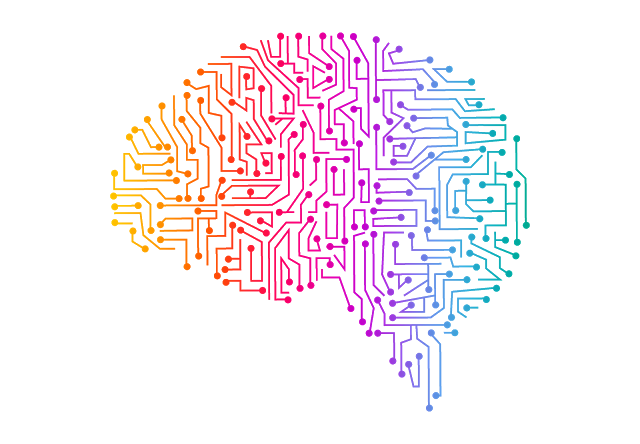Visually categorizing and comparing materials is crucial for our everyday behaviour. Given the dramatic variability in their visual appearance and functional significance, what organizational principles underly the internal representation of materials? To address this question, here we use a large-scale data-driven approach to uncover the core latent dimensions in our mental representation of materials. In a first step, we assembled a new image dataset (STUFF dataset) consisting of 600 photographs of 200 systematically sampled material classes. Next, we used these images to crowdsource 1.87 million triplet similarity judgments. Based on the responses, we then modelled the assumed cognitive process underlying these choices by quantifying each image as a sparse, non-negative vector in a multidimensional embedding space. The resulting embedding predicted material similarity judgments in an independent test set close to the human noise ceiling and accurately reconstructed the similarity matrix of all 600 images in the STUFF dataset. We found that representations of individual material images were captured by a combination of 36 material dimensions that were highly reproducible and interpretable, comprising perceptual (e.g., “grainy”, “blue”) as well as conceptual (e.g., “mineral”, “viscous”) dimensions. These results have broad implications for understanding material perception, its natural dimensions, and our ability to organize materials into classes.




